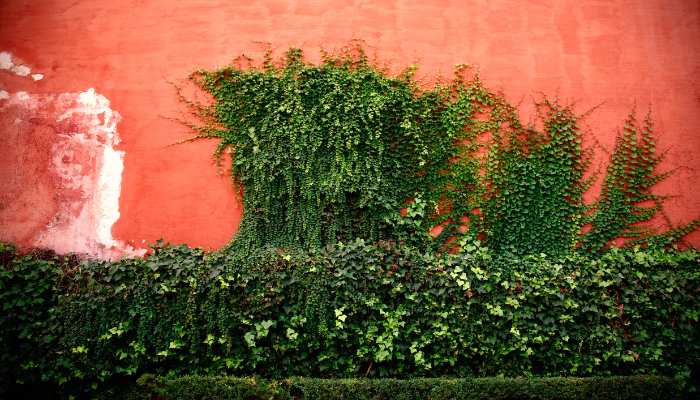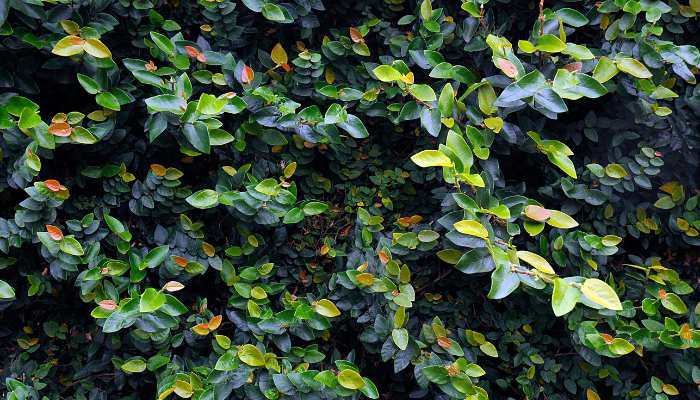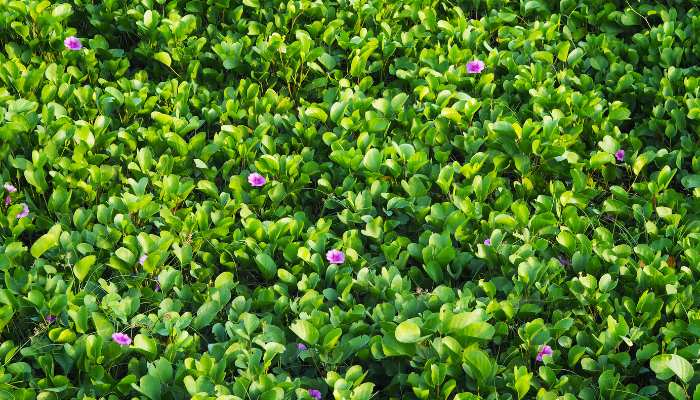Introduction: Embrace the Beauty of Creeper Plants
Are you looking to use Creeper Plants List to add elegance to your living space? Look no further than creeper plants!
These delightful botanical wonders not only enhance the aesthetics of your surroundings but also offer numerous benefits for both indoor and outdoor environments. In this comprehensive guide, we’ll explore a diverse range of creeper plants that are sure to captivate your senses and transform your space into a lush paradise.
Table of Contents
What are Creeper Plants?
Creeper plants, also known as trailing or climbing plants, are botanical marvels characterized by their ability to spread and climb along surfaces. These versatile plants use various mechanisms such as tendrils, aerial roots, or clinging stems to attach themselves to structures or other plants. From ivy to jasmine, creeper plants come in a wide array of species, each with its unique charm and characteristics.
Benefits of Creeper Plants
Enhanced Aesthetics: Creeper plants add a touch of natural beauty to any space, whether indoors or outdoors. Their lush foliage and cascading vines create visually stunning displays that can uplift the ambiance of your surroundings.
Improved Air Quality: Many creeper plants are excellent air purifiers, removing toxins and pollutants from the air and promoting a healthier indoor environment. With creeper plants adorning your space, you can breathe easier and enjoy cleaner, fresher air.
Space Optimization: With their ability to climb and spread vertically, creeper plants are perfect for maximizing space utilization. They can be trained to grow along walls, fences, or trellises, making them ideal for small gardens or balconies.

Types of Creeper Plants
Creeper plants come in a diverse range of species, each offering its unique characteristics and growing requirements. Some popular types include:
Ivy: Known for its vigorous growth and attractive foliage, ivy is a classic creeper plant that adds a touch of timeless elegance to any space.
Hoya: With its waxy leaves and fragrant flowers, hoya is a charming creeper plant that thrives in indoor environments, making it a favorite among houseplant enthusiasts.
Bougainvillea: Renowned for its vibrant colors and rapid growth, bougainvillea is a stunning creeper plant that flourishes in warm climates, adding a burst of tropical beauty to gardens and landscapes.
How to Care for Creeper Plants
Light: Most creeper plants prefer bright, indirect light, although specific light requirements may vary depending on the species. Ensure your plants receive adequate sunlight to promote healthy growth.
Watering: Proper watering is crucial for the health of creeper plants. Avoid overwatering, as it can lead to root rot, but ensure the soil remains consistently moist, especially during the growing season.
Pruning: Regular pruning helps control the growth of creeper plants and encourages bushier, more compact growth. Trim away any dead or damaged foliage to promote new growth and maintain the plant’s shape.
Image | Product Name | Review | Price |
Creative Uses of Creeper Plants
Vertical Gardens: Create stunning vertical gardens by growing creeper plants on trellises, walls, or hanging baskets. This innovative approach not only maximizes space but also adds a striking visual element to your outdoor or indoor decor.
Natural Privacy Screens: Use creeper plants to create natural privacy screens or living walls, providing a green barrier that enhances privacy while adding beauty to your outdoor space.
Green Roofing: Incorporate creeper plants into green roofing systems to improve insulation, reduce energy costs, and create environmentally friendly living spaces that blend harmoniously with nature.
Popular Creeper Plants for Gardens
Morning Glory: With its vibrant flowers and rapid growth, morning glory is a beloved creeper plant that adds a splash of color to garden fences, trellises, and arbors.
Creeping Fig: Ideal for covering walls or fences, creeping fig is a low-maintenance creeper plant with small, heart-shaped leaves that create a lush green backdrop for your garden.
Sweet Potato Vine: Known for its vigorous growth and colorful foliage, sweet potato vine is a versatile creeper plant that thrives in both sun and shade, making it perfect for adding visual interest to garden borders or hanging baskets.

Indoor Creeper Plants
English Ivy: A classic choice for indoor spaces, English ivy is a hardy creeper plant that adapts well to low-light conditions, making it ideal for offices, bedrooms, or living rooms.
String of Hearts: With its delicate heart-shaped leaves cascading gracefully from hanging baskets, string of hearts is a charming creeper plant that adds a whimsical touch to any indoor setting.
Pothos: Renowned for its air-purifying properties and low-maintenance nature, pothos is a popular creeper plant choice for beginners and seasoned plant enthusiasts alike.
Outdoor Creeper Plants
Clematis: Known for its stunning flowers and vigorous growth, clematis is a versatile creeper plant that thrives in sunny locations, making it perfect for covering fences, pergolas, or archways.
Trumpet Vine: With its vibrant trumpet-shaped flowers and rapid growth, trumpet vine is a show-stopping creeper plant that attracts pollinators and adds a burst of color to gardens and landscapes.
Passionflower: Renowned for its exotic flowers and edible fruit, passionflower is a captivating creeper plant that thrives in warm climates, adding a touch of tropical beauty to outdoor spaces.
Image | Product Name | Review | Price |
Trellises and Supports for Creeper Plants
Wooden Trellises: Classic and versatile, wooden trellises provide sturdy support for creeper plants while adding rustic charm to garden landscapes.
Metal Arbors: Elegant and durable, metal arbors offer an ornate framework for creeper plants to climb and spread, creating a visually striking focal point in any outdoor space.
Bamboo Poles: Eco-friendly and flexible, bamboo poles are ideal for creating natural trellises or supports for creeper plants, blending seamlessly with garden aesthetics while providing reliable support.
Troubleshooting Common Issues
Pests and Diseases: Keep an eye out for common pests such as aphids, spider mites, or mealybugs, which can infest creeper plants and cause damage to foliage.
Overgrowth: Some creeper plants have a tendency to grow excessively, potentially becoming invasive or overwhelming other plants in the garden. Regular pruning and maintenance are key to keeping their growth in check and maintaining a balanced ecosystem.
Root Bound: Creeper plants grown in containers may become root-bound over time, with roots circling around the pot and restricting growth. Transplanting into larger containers or root pruning can help alleviate this issue and promote healthier growth.
Frequently Asked Questions (FAQs)
1. Can creeper plants damage walls or structures?
Creeper plants with aerial roots or clinging stems can potentially damage certain types of surfaces over time. It’s essential to choose the right type of support structure and regularly monitor plant growth to prevent damage.
2. Are creeper plants suitable for indoor spaces with limited light?
Yes, several creeper plants, such as pothos and spider plants, thrive in low-light conditions and are well-suited for indoor environments with limited natural sunlight.
3. Can creeper plants attract pests or insects?
While creeper plants are generally resilient, they can attract pests such as aphids or scale insects, especially when grown indoors. Regular inspection and appropriate pest control measures can help mitigate infestations.
4. Are there any creeper plants suitable for beginners?
Yes, several creeper plants, such as pothos, philodendron, and ivy, are relatively low-maintenance and well-suited for beginners. These plants tolerate a wide range of growing conditions and require minimal care.
Conclusion: Creeper Plants
In conclusion, creeper plants are versatile, visually appealing additions to any indoor or outdoor space. From enhancing aesthetics to purifying the air and creating lush greenery, these botanical wonders offer a myriad of benefits for plant enthusiasts of all levels. By selecting the right species, providing proper care, and exploring creative uses, you can harness the beauty and charm of creeper plants to transform your environment into a vibrant oasis of natural splendor.




















